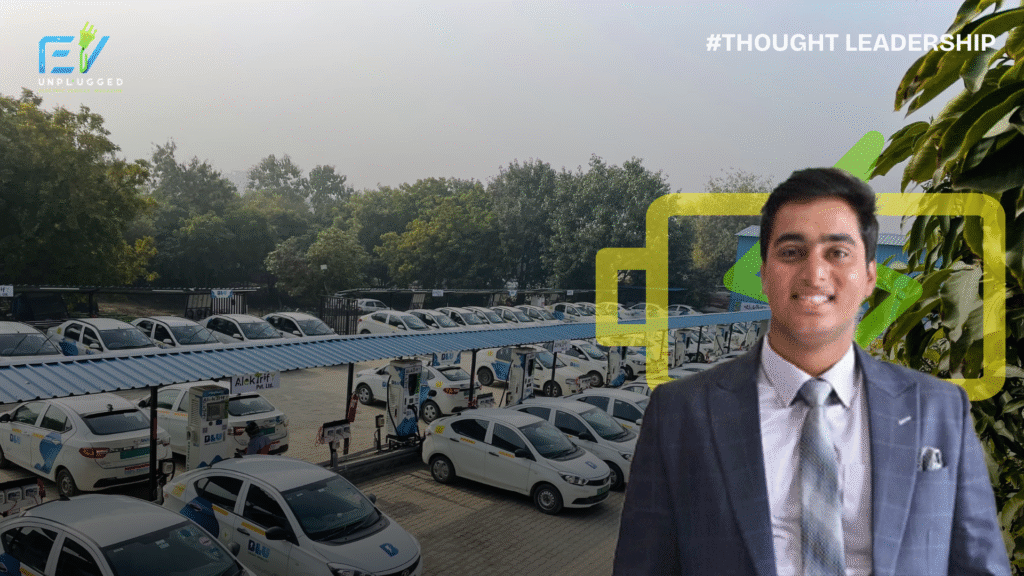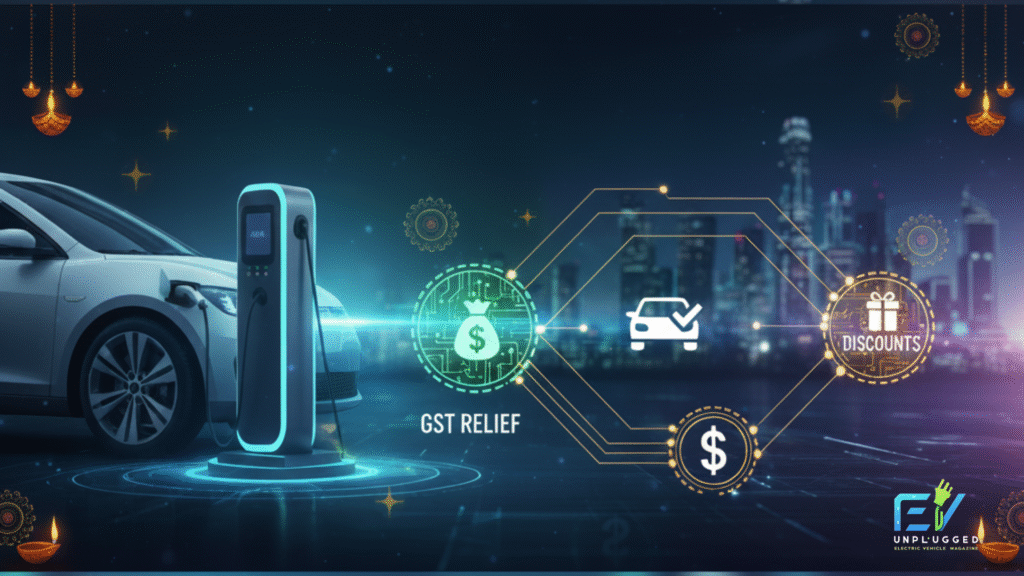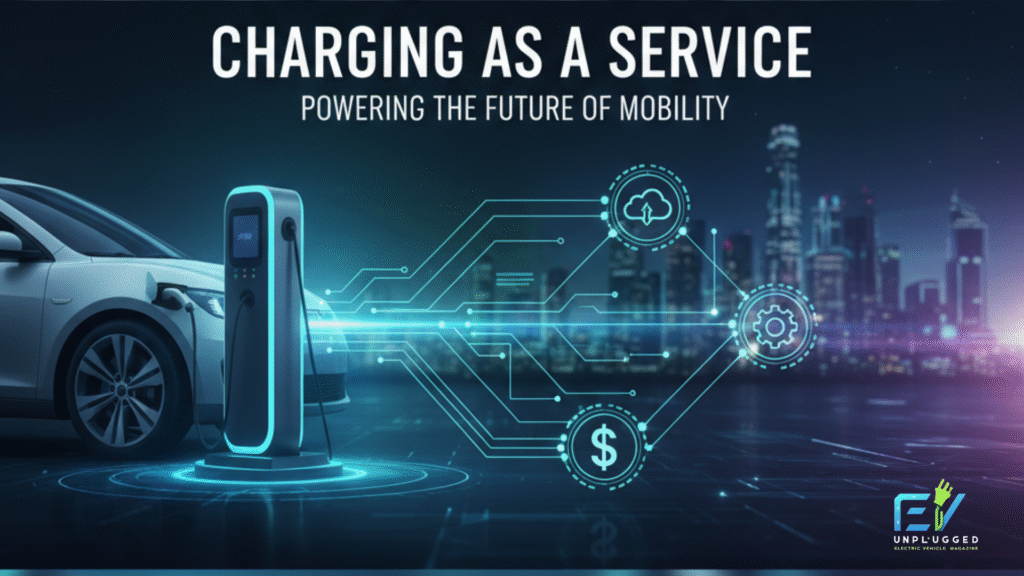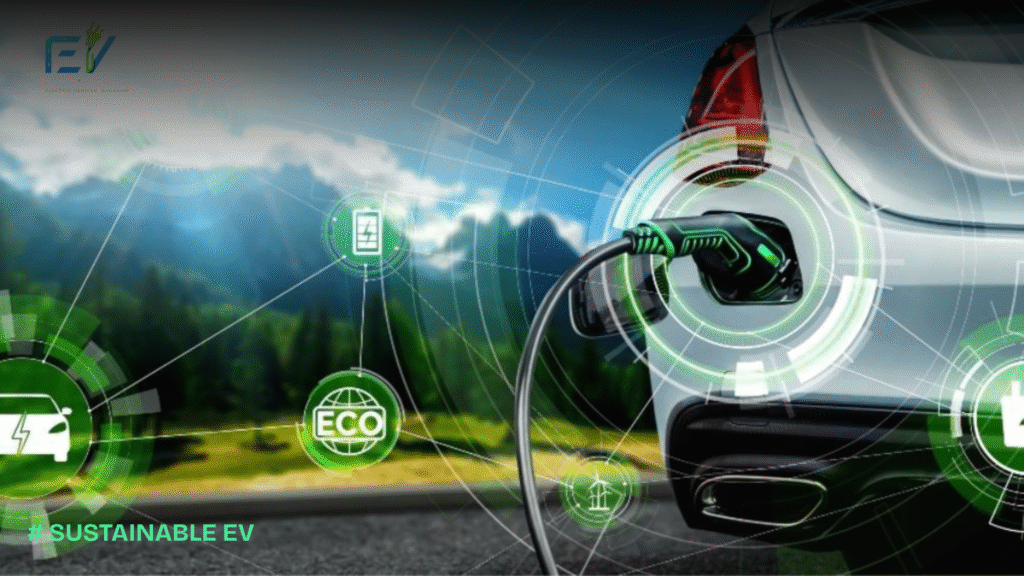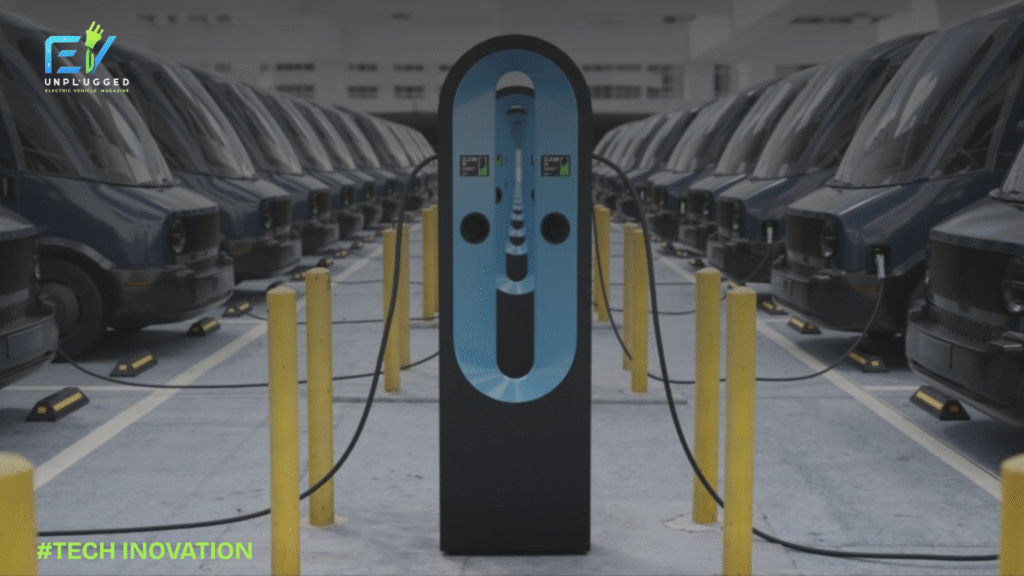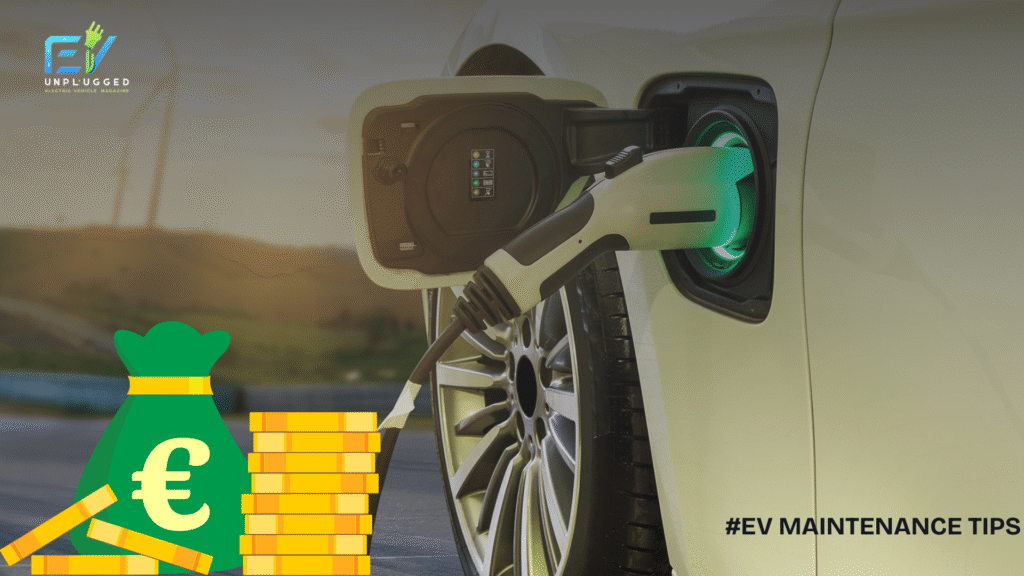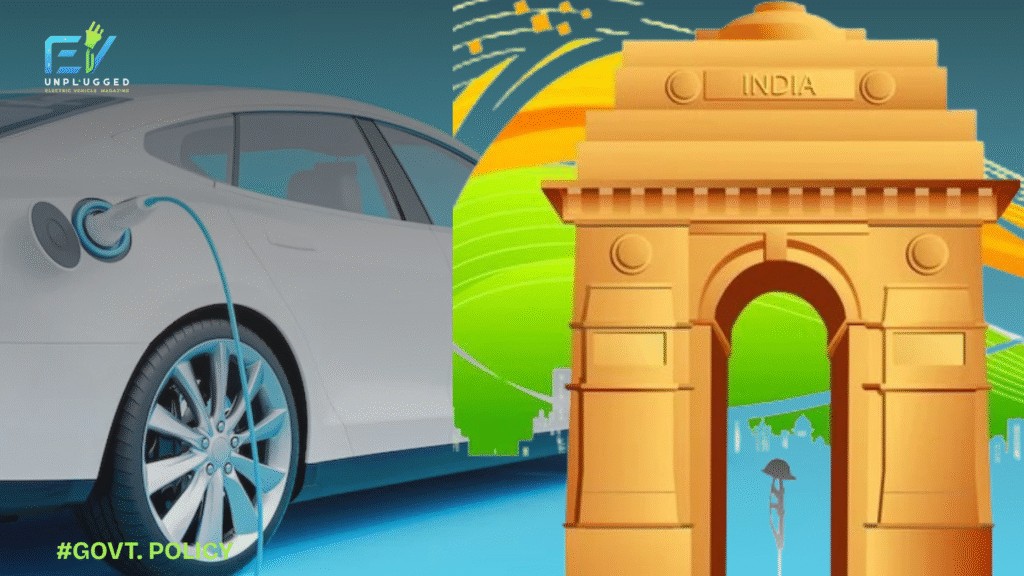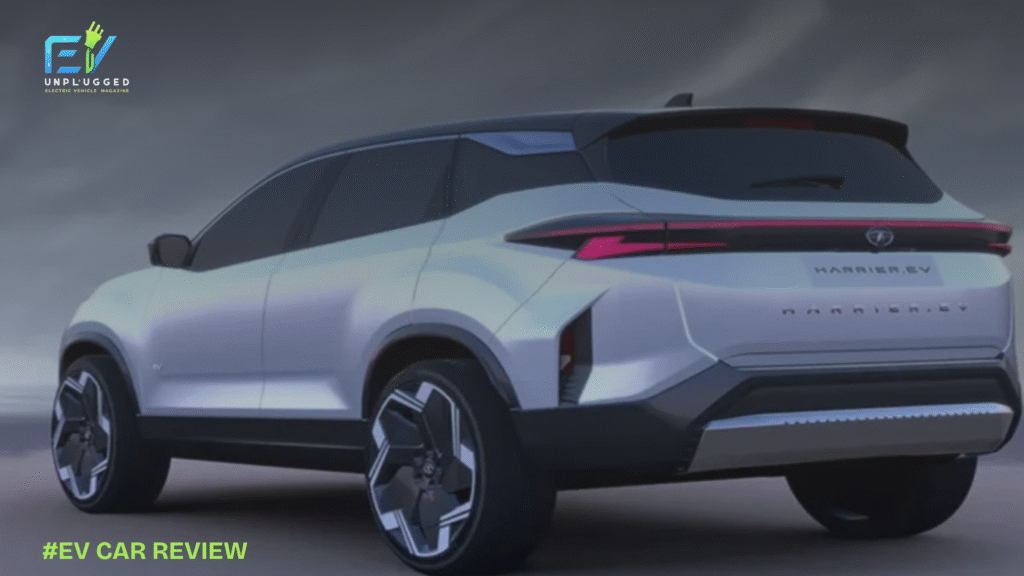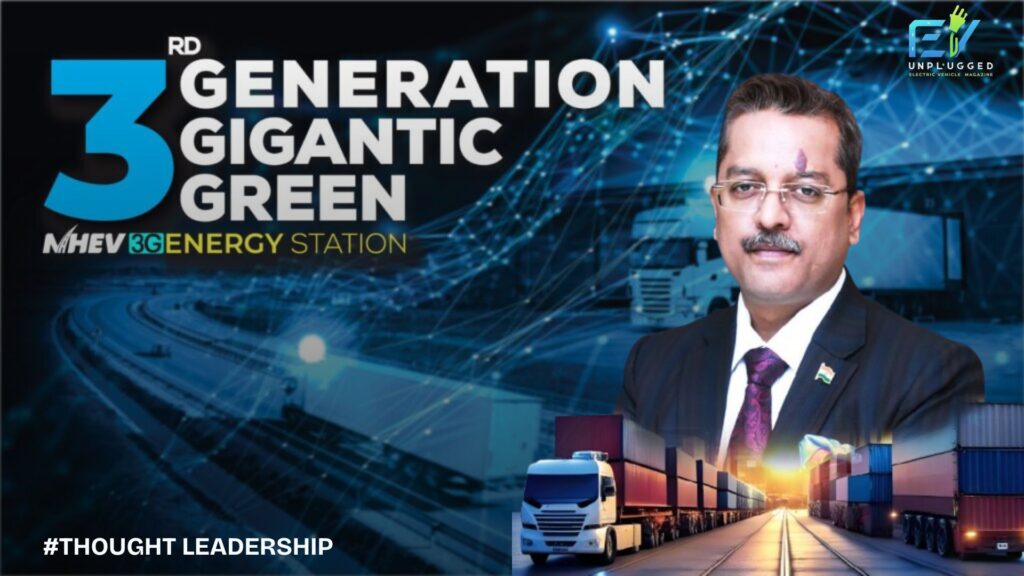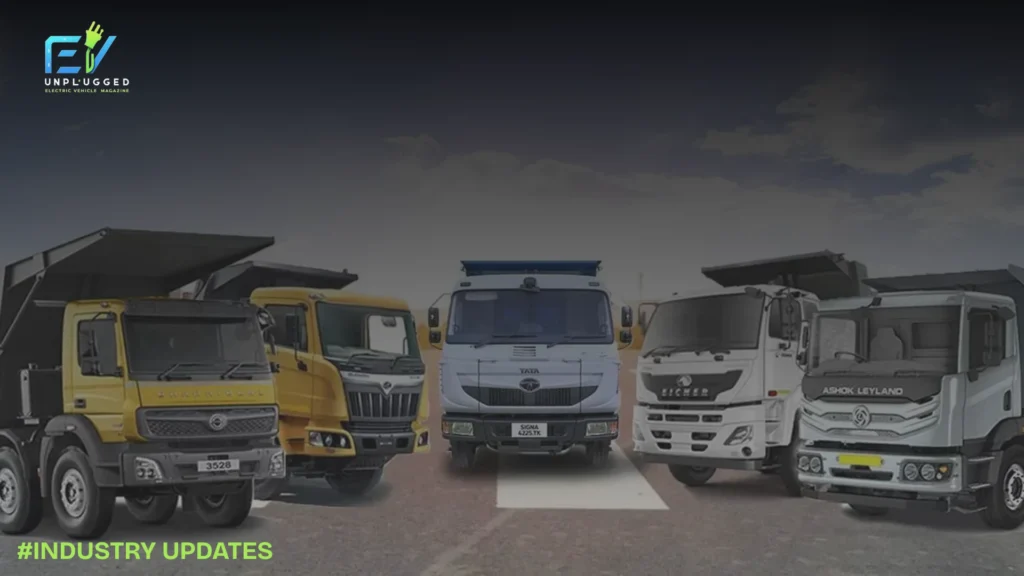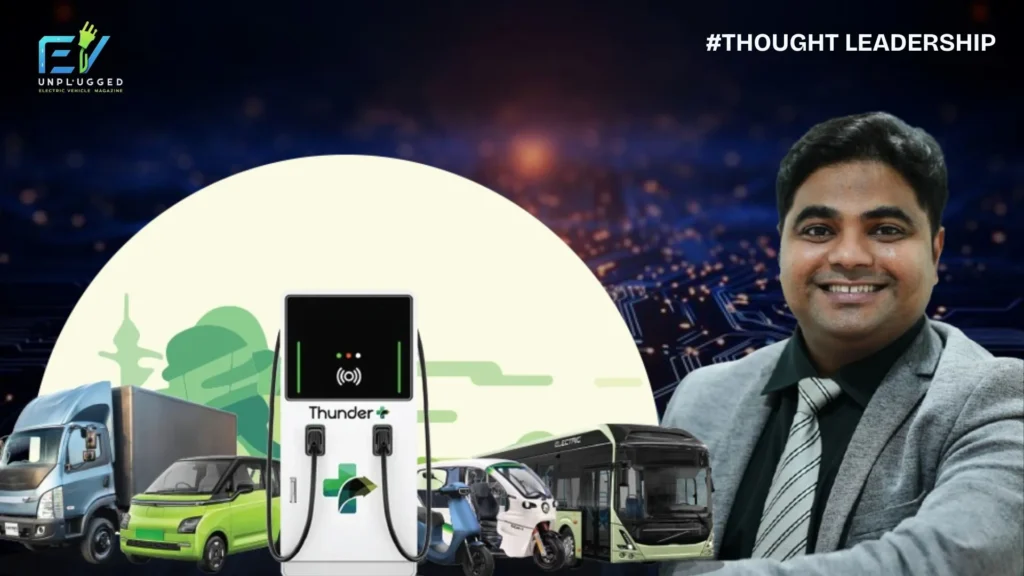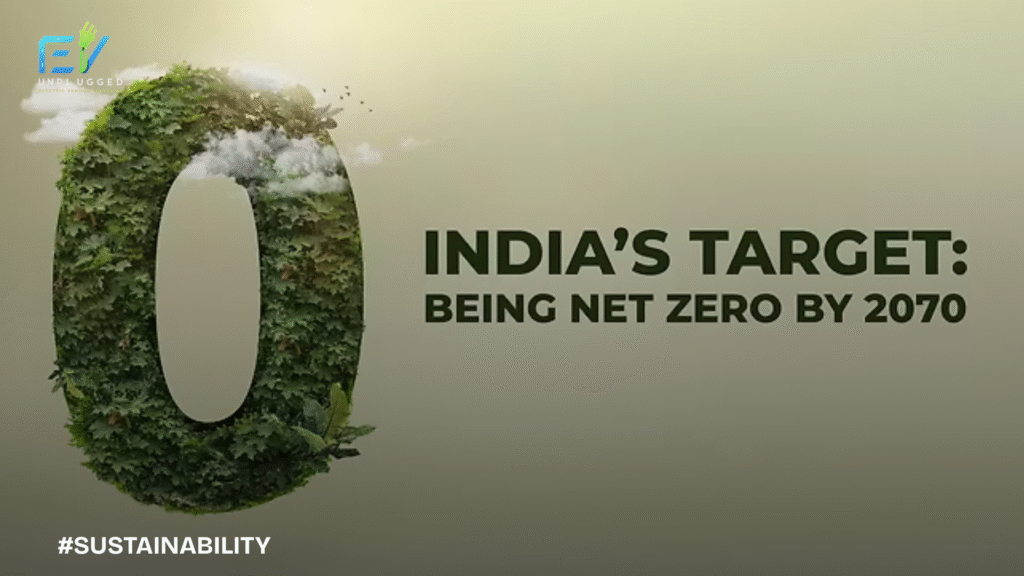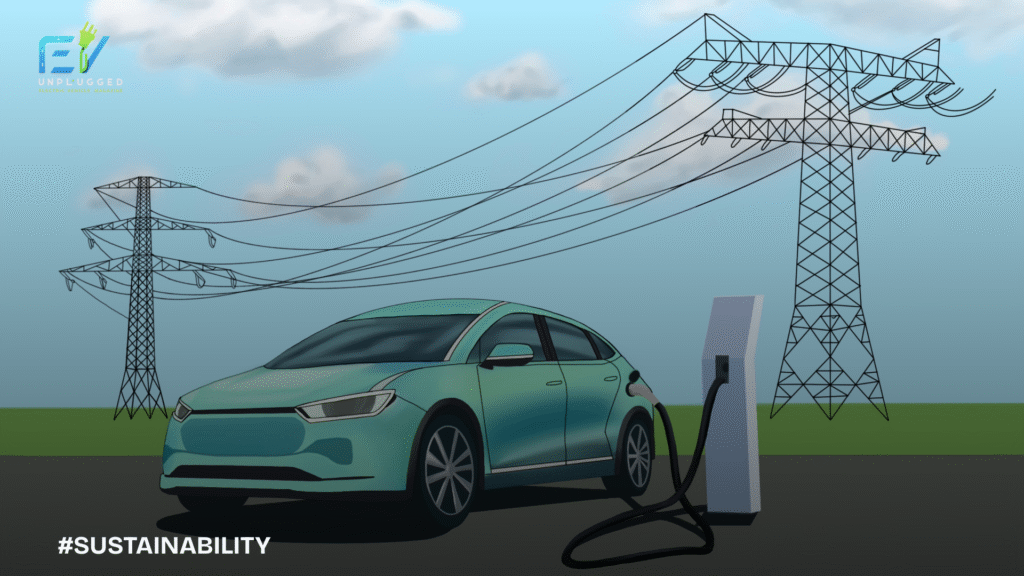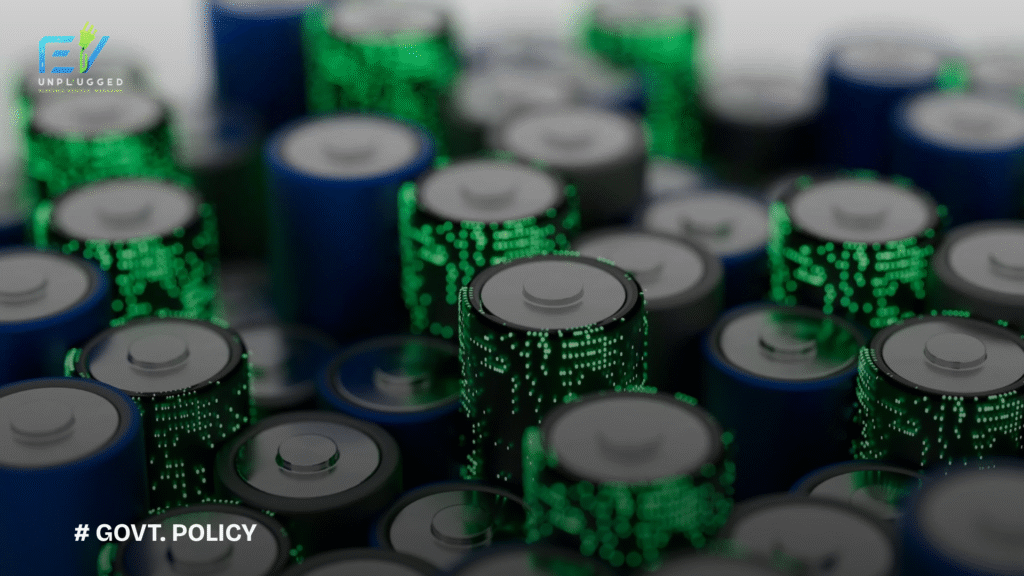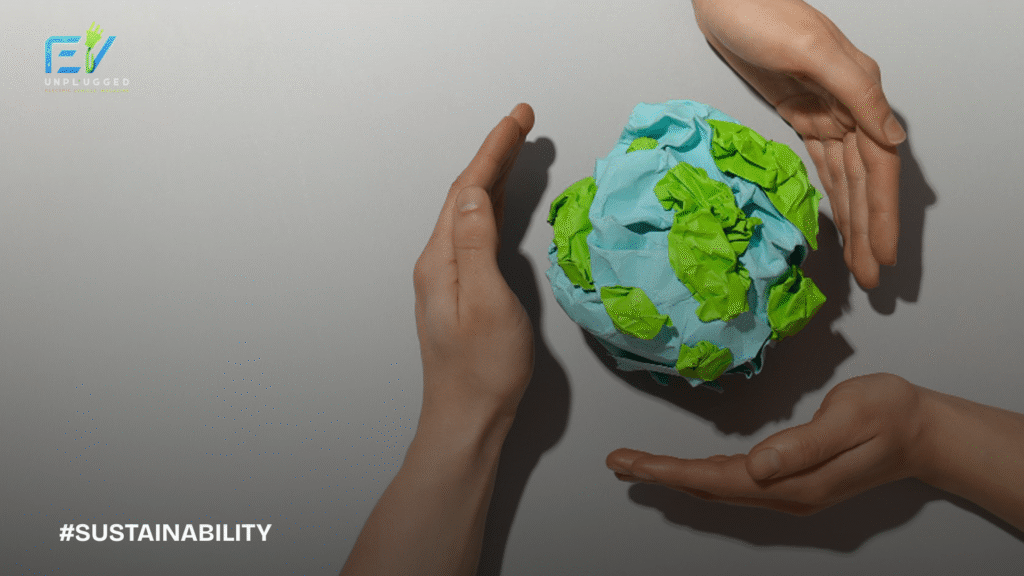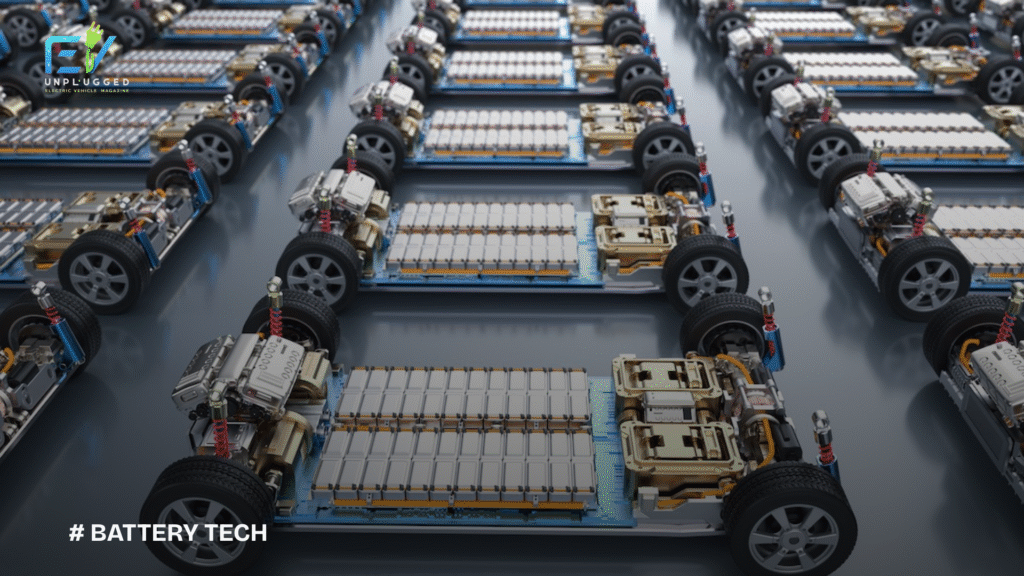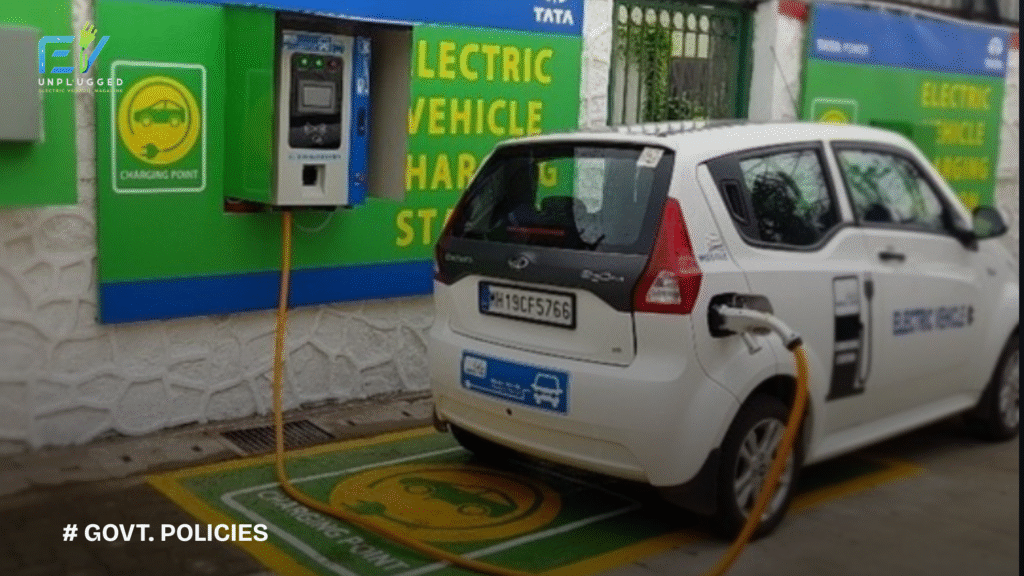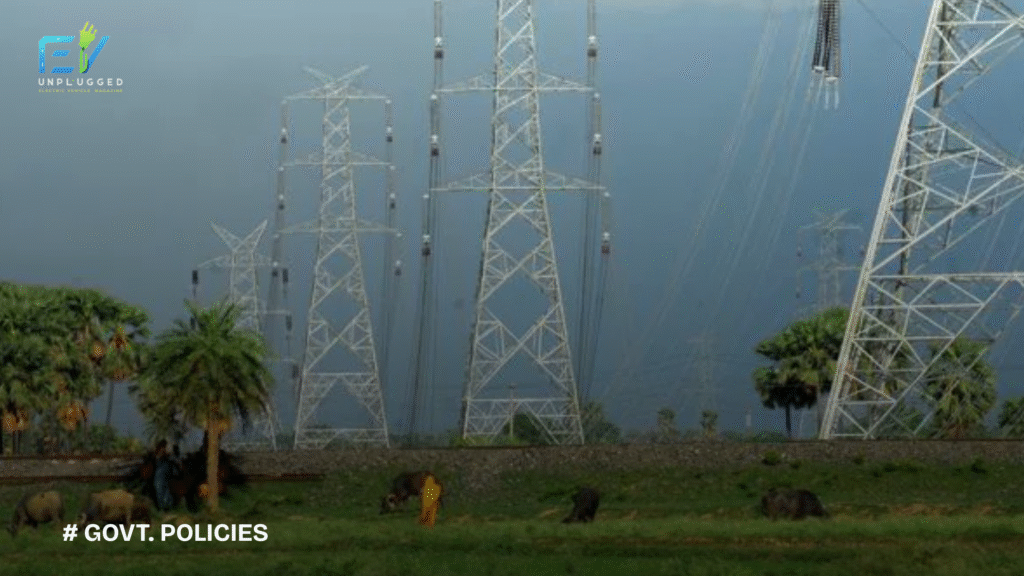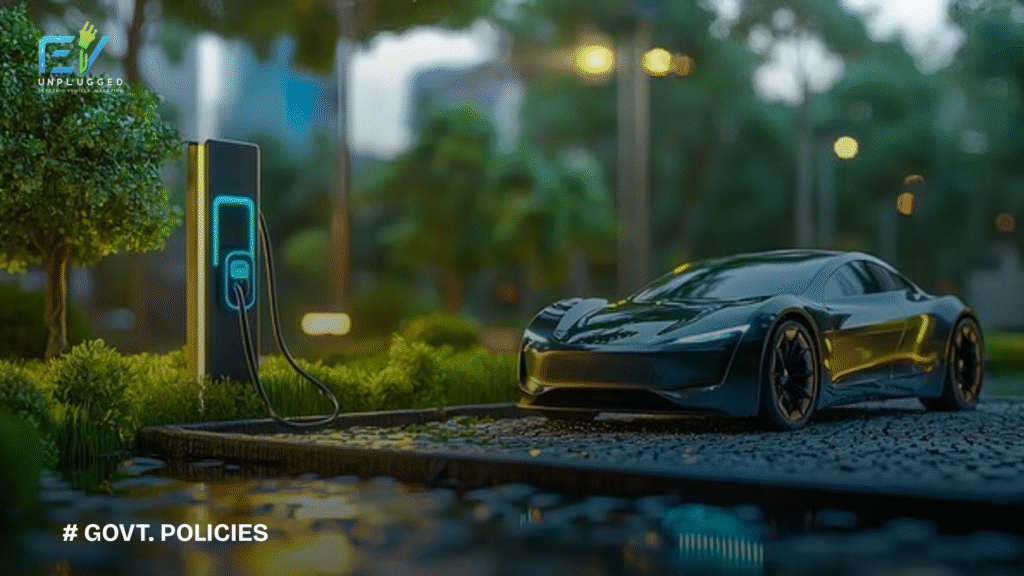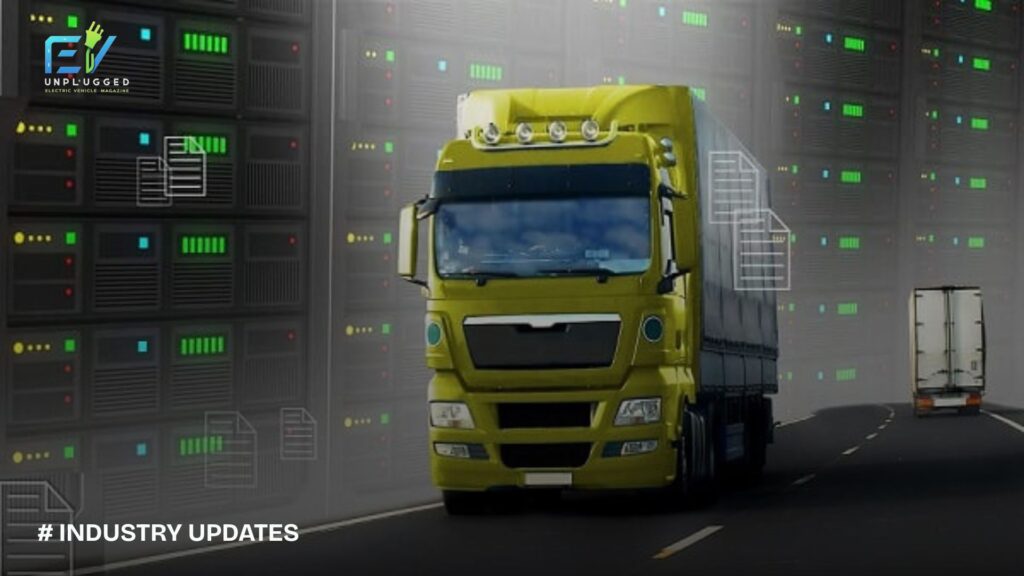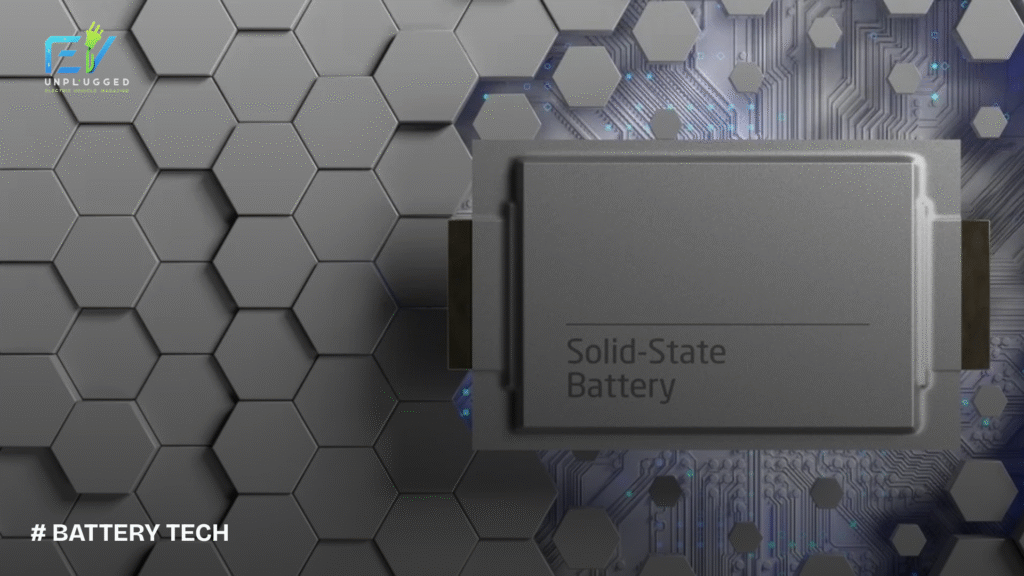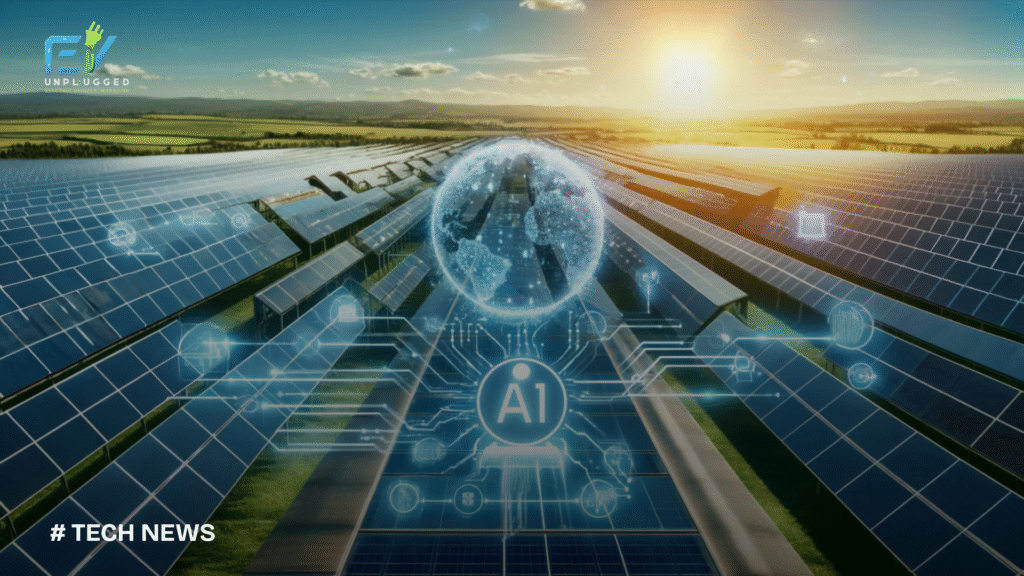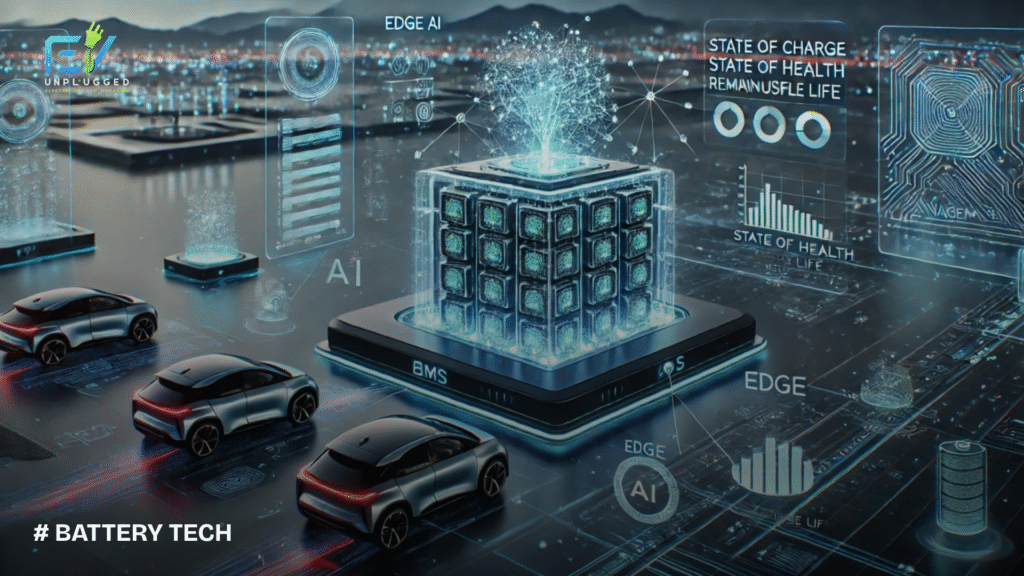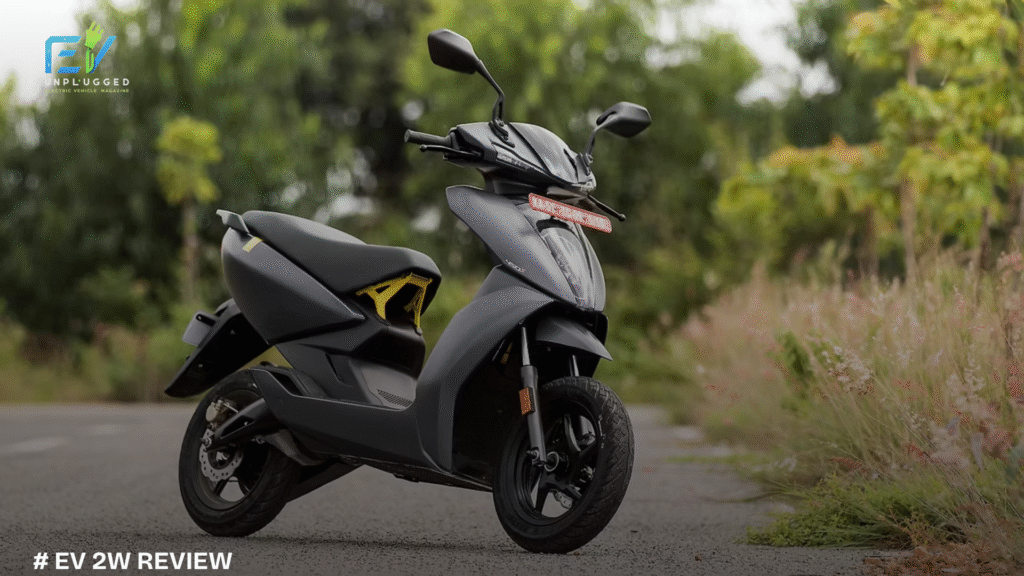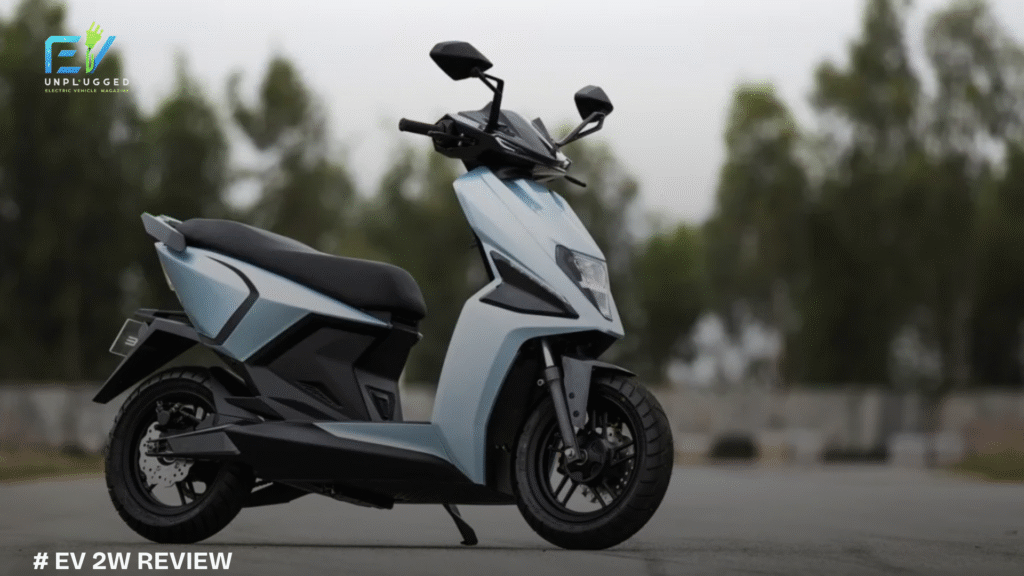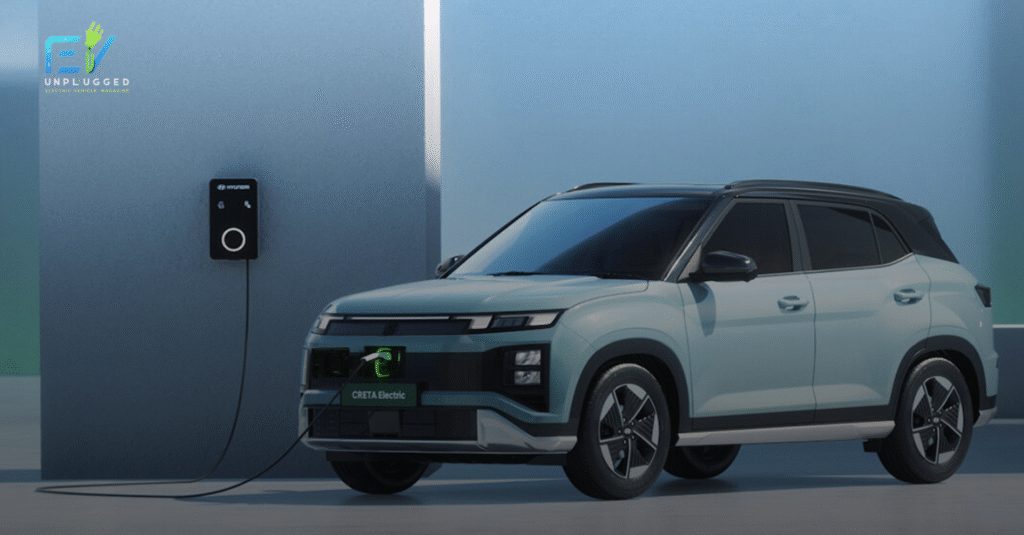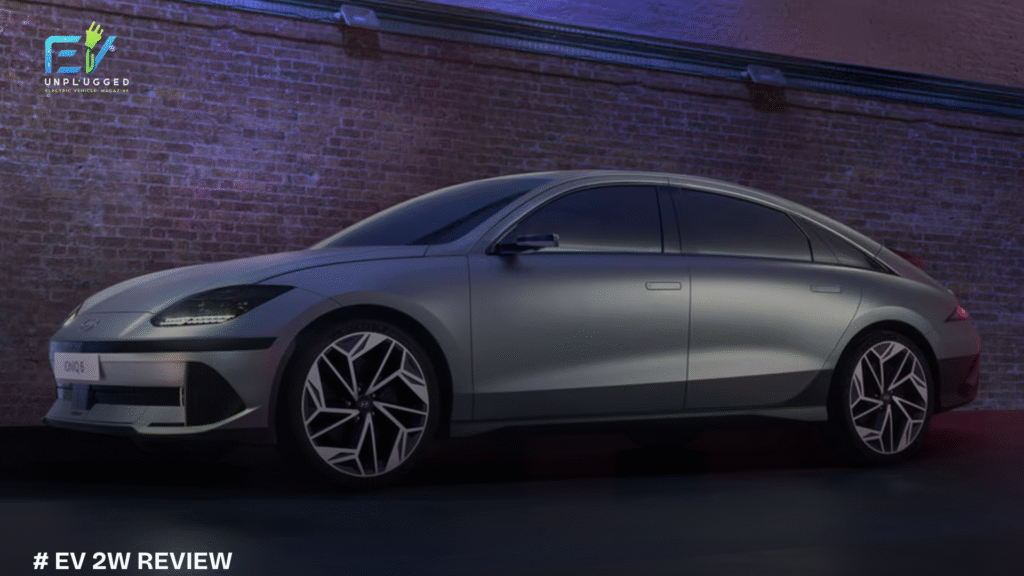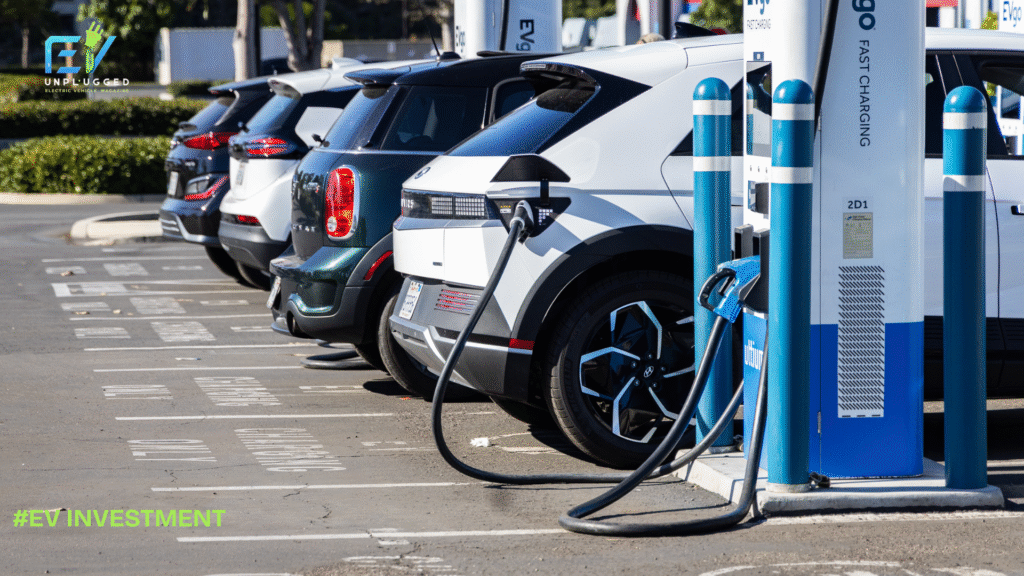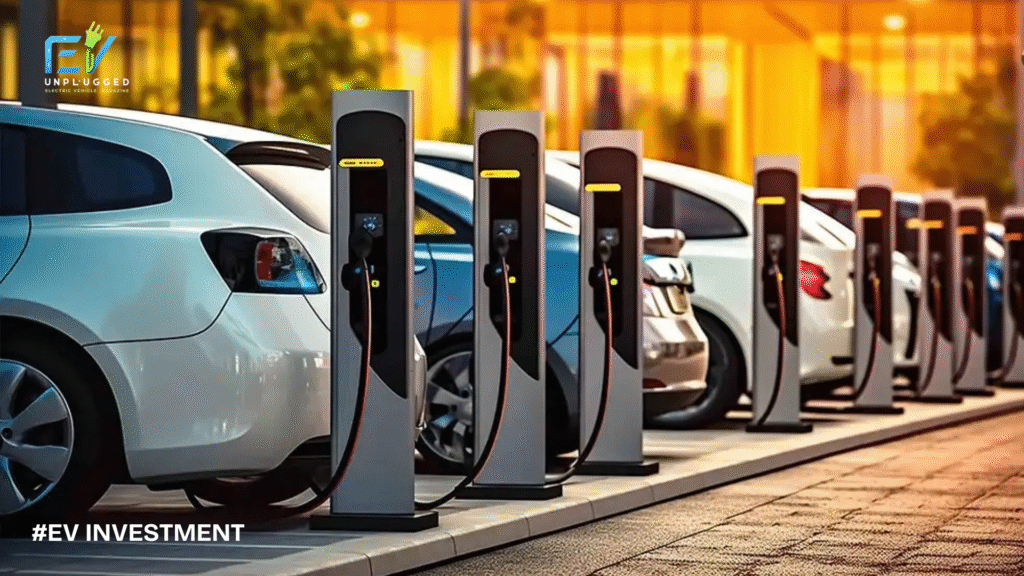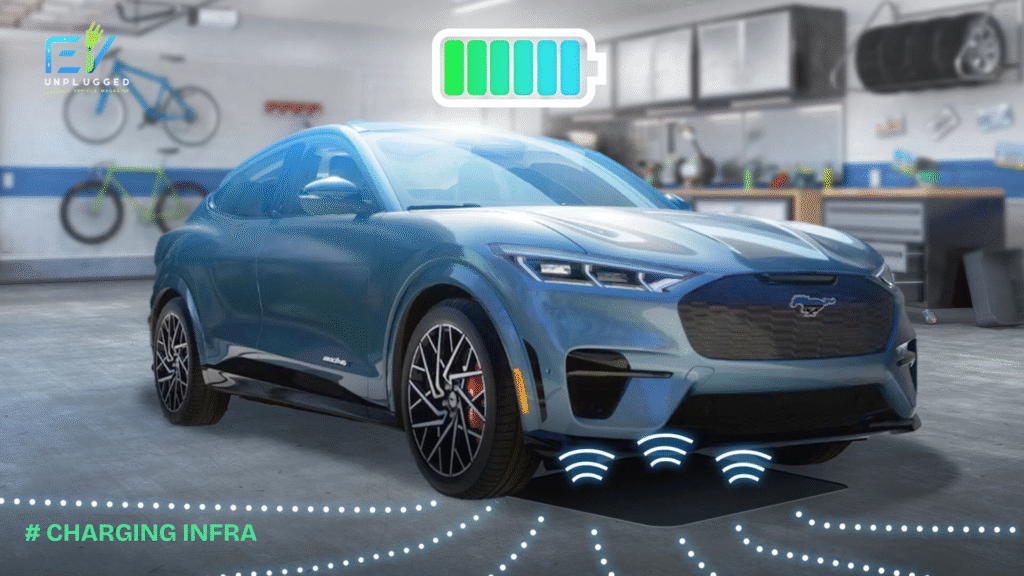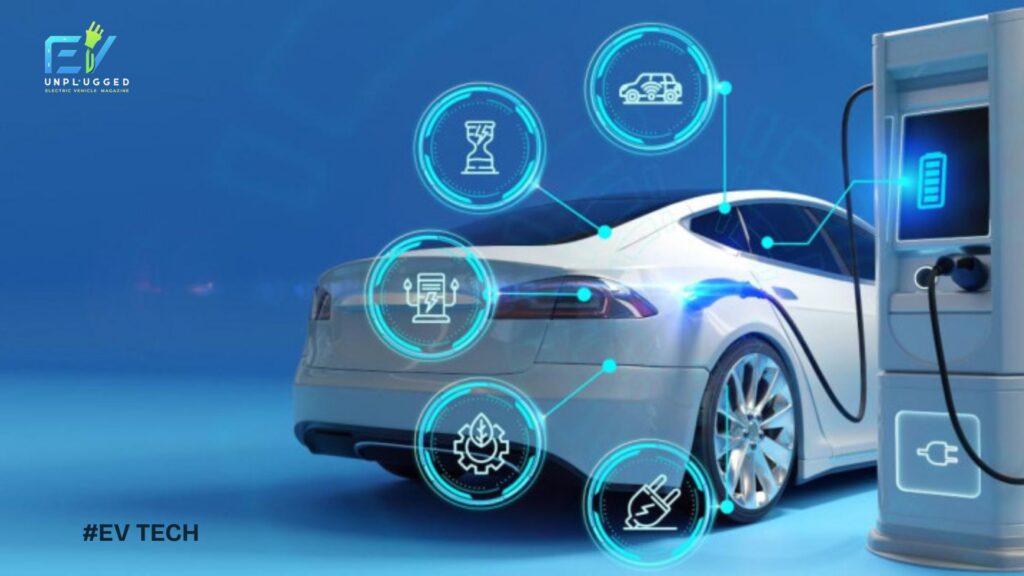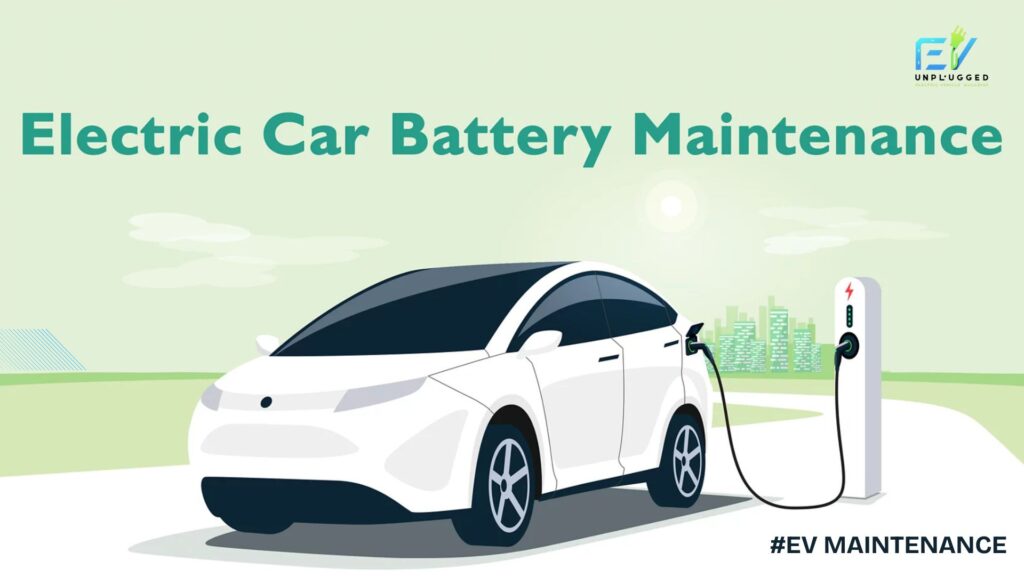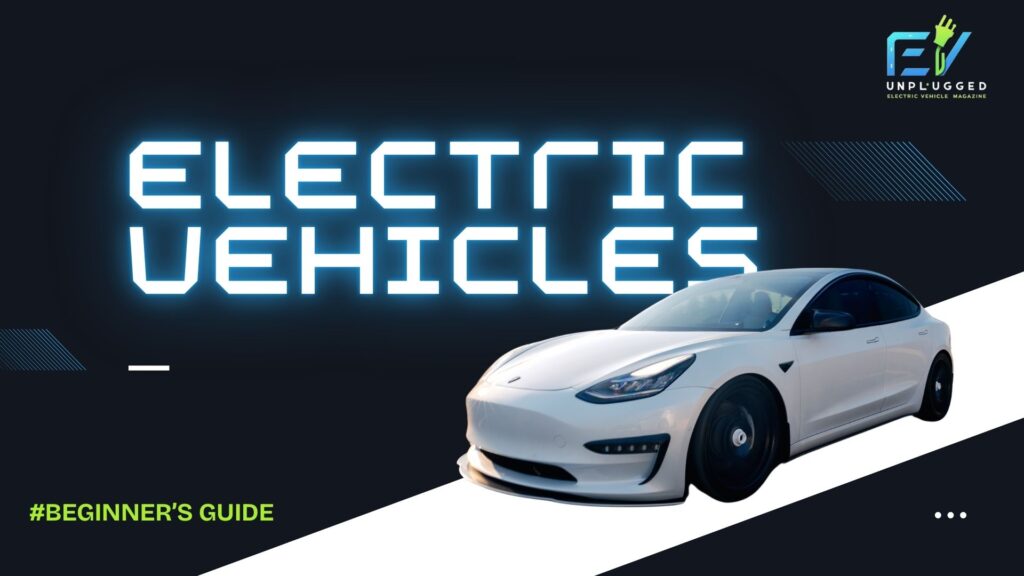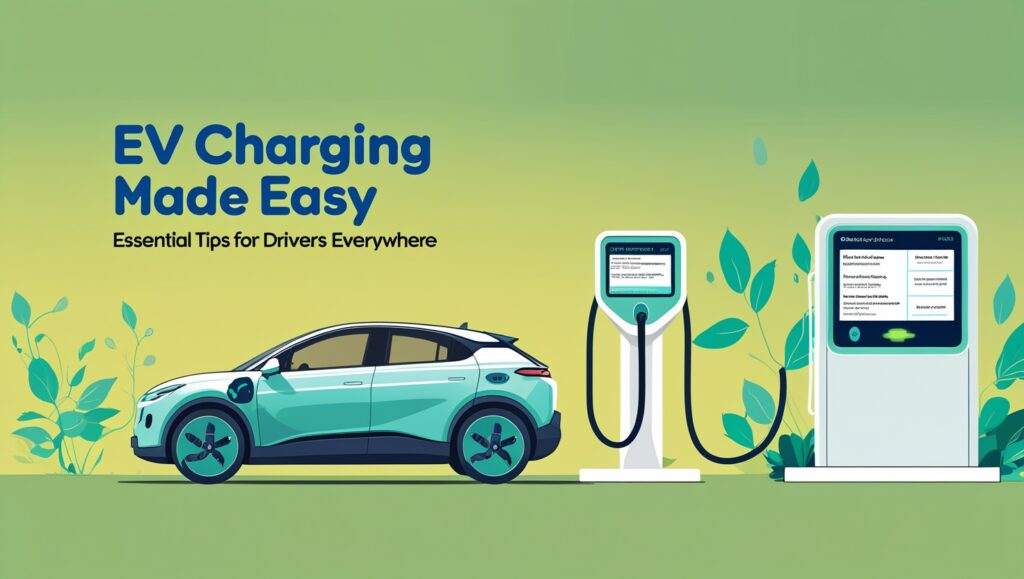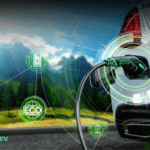The Future of Battery Technology: Innovations Powering the Next Decade (2025–2035)
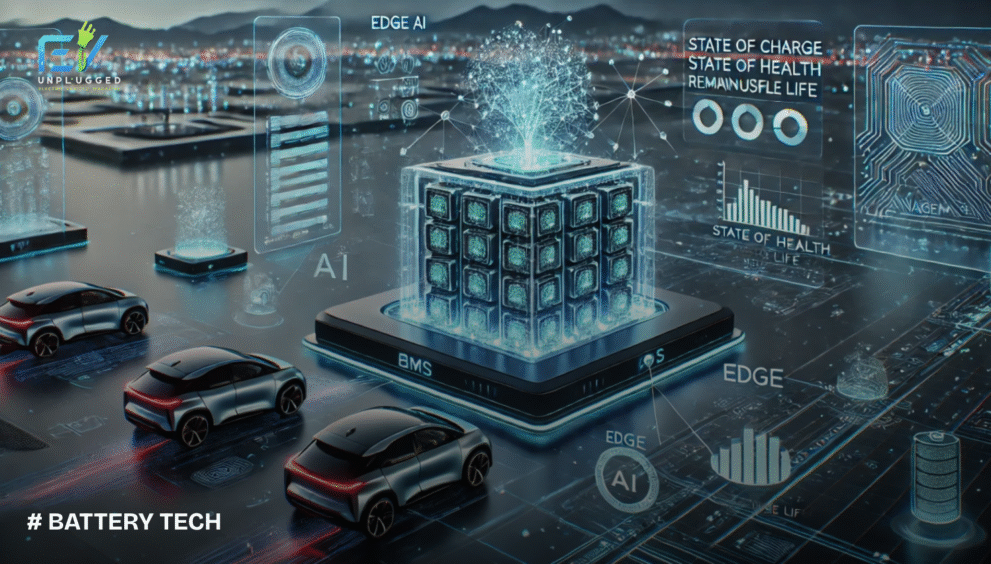
Introduction
Battery technology has become the cornerstone of our energy-dependent world, influencing sectors from electric vehicles (EVs) and renewable energy integration to portable electronics and grid-scale storage. As we transition toward a more electrified and sustainable global economy, the demand for efficient, reliable, and sustainable energy storage is surging. The 2025–2035 decade promises groundbreaking developments in battery technology, propelled by intense research, growing investments, and evolving market demands. Understanding the future of batteries is crucial for policymakers, businesses, and consumers alike.
Emerging Trends in Battery Technology
Solid-State Batteries
A key trend redefining the future of batteries is the transition from conventional liquid electrolyte-based lithium-ion batteries to solid-state battery developments. Solid-state batteries offer numerous advantages, including greater energy density, enhanced safety, and longer life cycles. These benefits make them ideal for EVs and portable electronics. Major companies like Toyota and QuantumScape are investing heavily in commercializing this technology, with potential mass production timelines projected around 2027–2028. Research papers on platforms like arXiv are shedding light on scalable production techniques and novel solid electrolytes.
Sodium-Ion Batteries
Another promising innovation is the rise of sodium-ion batteries, which utilize abundant and cost-effective sodium instead of lithium. These batteries are particularly suited for grid-scale applications where cost and availability outweigh energy density concerns. Companies like CATL have begun pilot projects, and the technology is expected to complement lithium-ion solutions in large-scale energy storage advancements.
Silicon-Carbon Anodes
Enhancing the anode component of batteries is a critical area of innovation. Next-generation battery materials like silicon-carbon anodes significantly boost battery capacity and efficiency. An exciting development is the collaboration between Himadri Speciality Chemical and Sicona to establish India’s first silicon-carbon plant. This initiative is expected to enhance local battery manufacturing capabilities and reduce dependence on imports, aligning with global trends of technological self-reliance.
Technological Breakthroughs
AI-Driven Battery Design
Artificial Intelligence (AI) is accelerating battery innovations by optimizing material selection and performance modeling. The impact of AI on battery design includes faster discovery cycles, predictive modeling of battery degradation, and customized design for specific applications. Startups and research labs are deploying AI to screen thousands of material combinations, significantly reducing R&D timelines and costs.
Quantum Batteries
Still in its infancy but rich with potential, quantum batteries utilize principles of quantum mechanics to enable ultra-fast charging and unprecedented energy retention. Recent studies published on arXiv have demonstrated room-temperature models with scalable potential, opening doors for future commercial applications in ultra-dense energy storage systems.
Nuclear Batteries
Innovators like Zeno Power are exploring nuclear batteries that harness energy from radioactive decay. These long-lasting power sources are ideal for remote or extreme environments, such as space exploration or deep-sea missions. Though not suitable for mainstream consumer electronics, their niche applications could revolutionize power delivery in specialized sectors.
Challenges and Barriers
Material Scarcity
Despite impressive progress, the future of battery technology faces significant hurdles. One of the most pressing is the scarcity of critical materials like lithium, cobalt, and nickel. The extraction and processing of these materials have geopolitical, environmental, and economic implications. This challenge is driving interest in alternatives such as sodium, silicon, and recycling methods.
Recycling and Sustainability
As battery usage scales globally, battery recycling technologies become essential. Efficient recycling systems help recover valuable materials, reduce environmental impacts, and support a circular economy. Innovations like hydrometallurgical processes and AI-driven sorting mechanisms are being tested to enhance recovery rates and reduce processing costs.
Regulatory Hurdles
Evolving regulatory landscapes pose another challenge. Governments are tightening regulations around battery production, safety standards, and waste management. While these are necessary for environmental protection, they can also slow innovation and add compliance burdens. Harmonizing global standards remains a work in progress.
Future Outlook (2025–2035)
Market Projections
The global battery market is expected to witness exponential growth over the next decade. According to BloombergNEF, the energy storage market could attract investments worth $620 billion by 2040. The surge in EV adoption, national decarbonization goals, and increasing reliance on consumer electronics are key demand drivers.
Integration with Renewable Energy
Batteries are central to solving the intermittency problem of renewable sources like solar and wind. Advancements in energy storage advancements will enable more stable and resilient grids. Innovations such as hybrid energy systems and smart battery management tools are set to transform the way we produce, store, and distribute energy.
Consumer Electronics Evolution
The evolution of battery tech will bring faster charging, longer-lasting, and more compact energy solutions to everyday devices. Flexible batteries, wireless charging innovations, and enhanced energy densities will redefine user experiences in smartphones, laptops, and wearable tech. Expect thinner, lighter devices with improved battery life.
Second-Life Battery Applications
One rapidly growing area in the future battery ecosystem is the reuse of EV batteries after their automotive life. These second-life batteries retain a significant portion of their capacity and can be repurposed for stationary energy storage, backup power systems, and rural electrification. This not only extends the life of batteries and reduces waste, but also lowers the cost of storage solutions, supporting energy access in developing regions. As standards and business models evolve, second-life batteries will play an increasingly vital role in achieving global energy sustainability.
Conclusion
The coming decade promises a revolution in battery technology, fueled by rapid battery innovations, growing demand, and technological convergence. From solid-state battery developments and AI-driven designs to battery recycling technologies and quantum breakthroughs, the pace of innovation is relentless. Staying informed about these advances is crucial as batteries play a central role in building a cleaner, smarter, and more energy-resilient world.
For more insights, explore our related articles on AI’s Role in Energy Storage Solutions

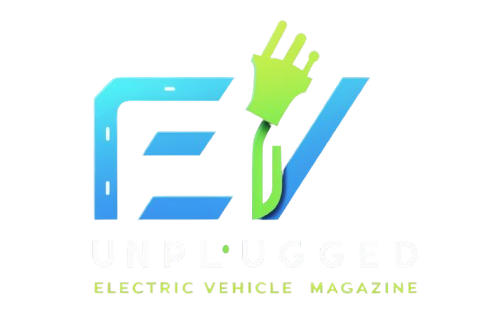
 English
English 